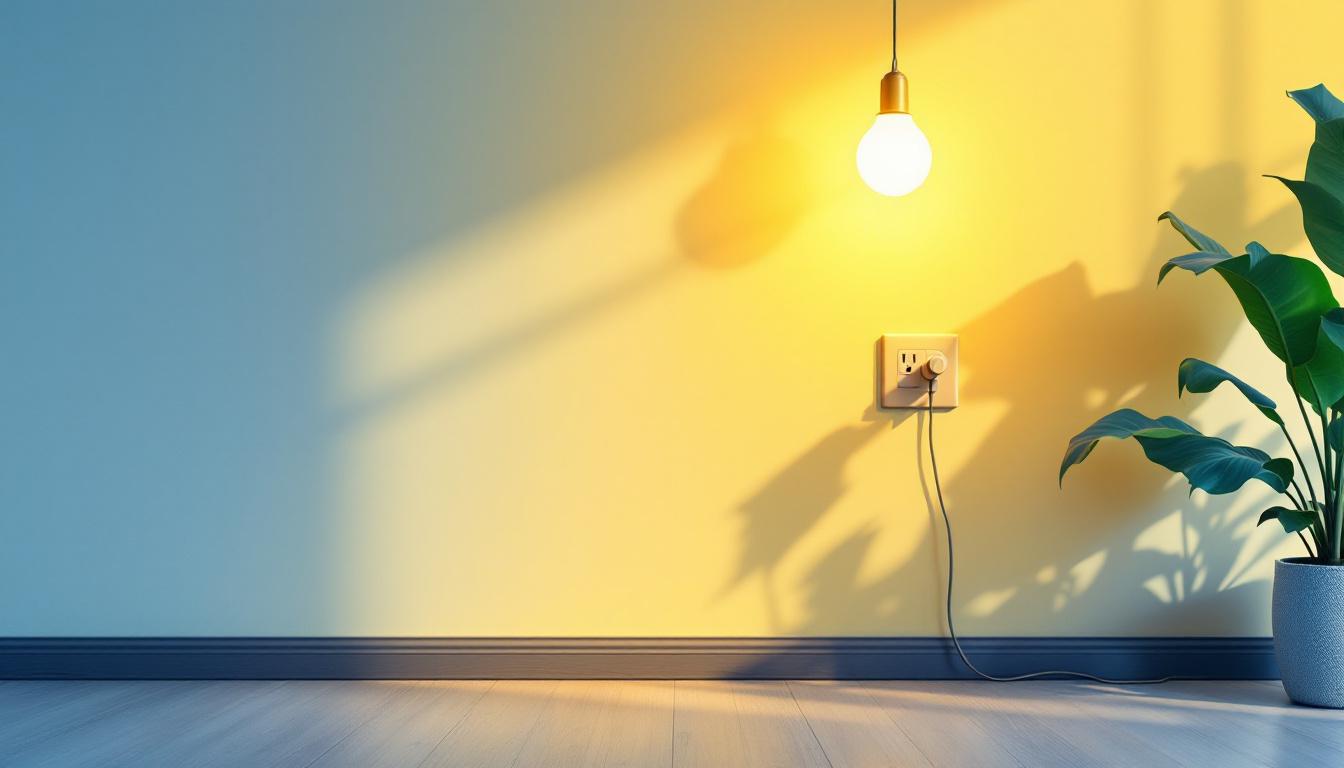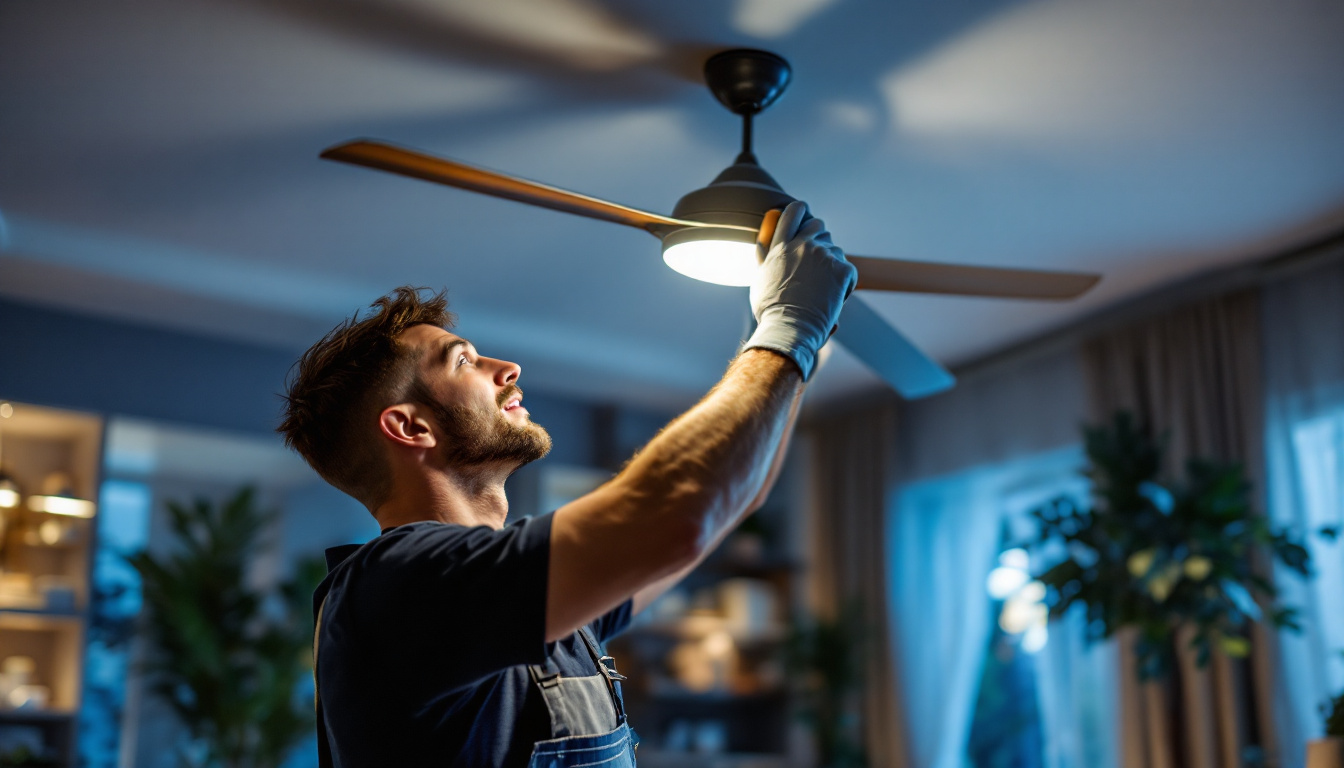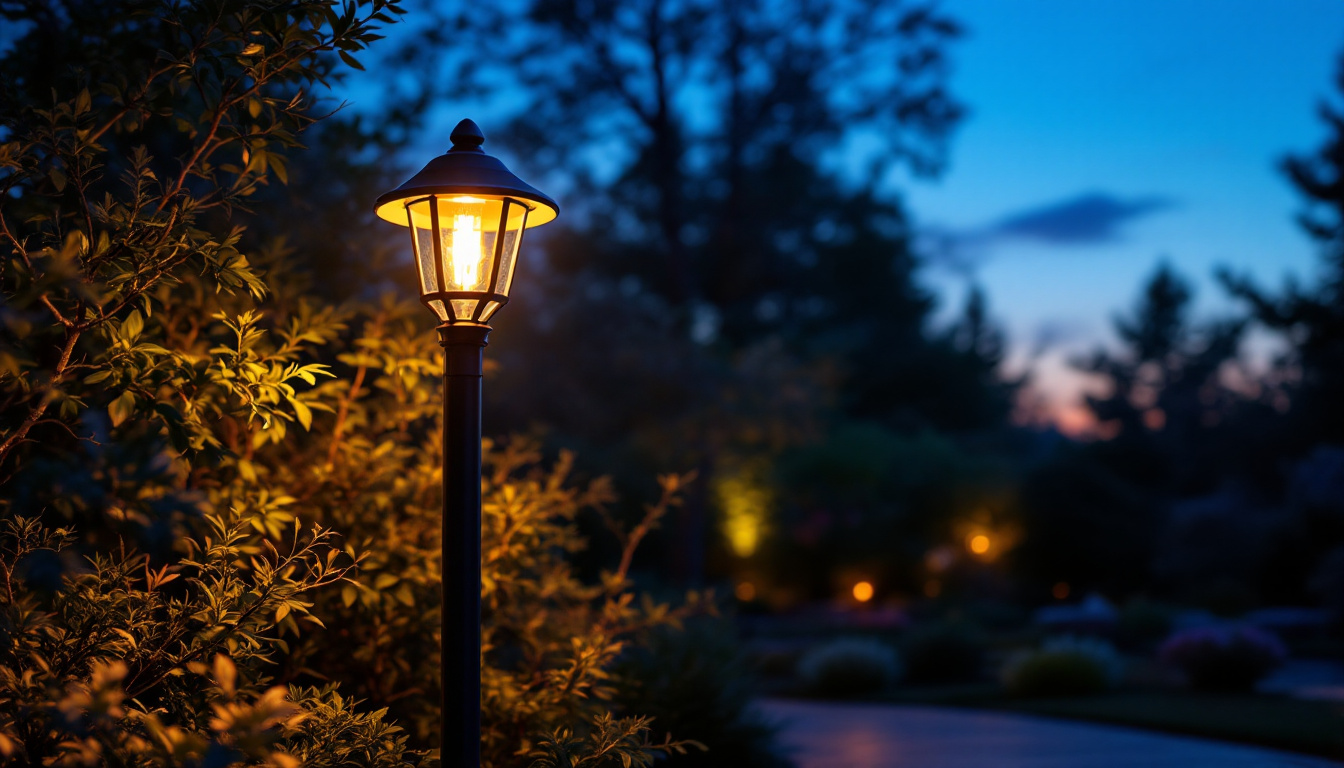
In the world of electrical installations, particularly in lighting, understanding the various outlet types is crucial for contractors. This knowledge not only ensures compliance with safety standards but also enhances the functionality and aesthetics of lighting designs. This article delves into the different types of outlets commonly used in lighting applications, their specifications, and best practices for installation.
Electrical outlets serve as the interface between electrical power and lighting fixtures. They are essential for connecting various devices and ensuring that they receive the necessary power supply. The choice of outlet can significantly affect the performance and safety of lighting systems.
There are several types of electrical outlets, each designed for specific applications. The most common types include standard outlets, GFCI outlets, and specialty outlets. Understanding the differences between these outlets is vital for any lighting contractor.
Standard outlets, also known as duplex outlets, are the most commonly used type. They typically feature two vertical slots and a grounding hole. These outlets are suitable for general lighting applications and can accommodate a wide range of devices, from lamps to small appliances.
When selecting standard outlets, contractors should consider the amperage rating. Most residential applications use 15-amp outlets, while commercial settings may require 20-amp outlets to handle higher loads. It is essential to match the outlet type with the circuit it is connected to for optimal performance. Additionally, the installation of tamper-resistant outlets is becoming increasingly popular, especially in homes with young children, as these outlets are designed to prevent accidental insertion of foreign objects, thereby enhancing safety.
GFCI outlets are designed to protect against electrical shock, making them ideal for areas where moisture is present, such as bathrooms and kitchens. These outlets monitor the electrical current flowing through them and can quickly cut off power if they detect an imbalance, which could indicate a ground fault.
For lighting applications, GFCI outlets are particularly useful in outdoor settings or in locations where water exposure is a concern. Contractors should ensure that GFCI outlets are installed in compliance with local codes and regulations to enhance safety. Furthermore, it is advisable to regularly test GFCI outlets using the built-in test button to ensure they are functioning correctly. This proactive approach not only safeguards users but also extends the lifespan of the electrical system by preventing potential hazards that could arise from faulty outlets.
In addition to standard and GFCI outlets, there are specialty outlets designed for specific purposes, such as USB outlets, which allow for direct charging of devices without the need for an adapter. These outlets are becoming increasingly popular in both residential and commercial settings, as they cater to the growing number of electronic devices that require USB charging. Another example is the 240-volt outlet, commonly used for high-powered appliances like dryers and electric ranges, which necessitates a different wiring configuration due to their higher energy demands.
When considering the installation of specialty outlets, contractors should also take into account the placement and accessibility of these outlets. For instance, in a home office, strategically placing USB outlets near workstations can enhance convenience and efficiency, while ensuring that all outlets are compliant with electrical codes is paramount for safety. As technology continues to evolve, staying informed about the latest outlet designs and their applications will be crucial for contractors looking to meet client needs effectively.
In addition to standard and GFCI outlets, there are specialty outlets designed for specific lighting applications. These outlets cater to unique requirements and can enhance the functionality of lighting systems.
Smart outlets have gained popularity in recent years due to the rise of home automation. These outlets can be controlled remotely via smartphones or voice-activated devices, allowing users to manage their lighting systems more efficiently. For contractors, incorporating smart outlets into lighting designs can add significant value to a project.
When installing smart outlets, it is essential to ensure compatibility with the existing electrical system. Contractors should also educate clients on how to use these outlets effectively, emphasizing features such as scheduling and energy monitoring. Moreover, many smart outlets come equipped with energy usage tracking, which can help homeowners identify patterns in their electricity consumption and make informed decisions about their energy use. This feature not only promotes energy efficiency but can also lead to cost savings over time.
Dimmer outlets provide the ability to adjust the brightness of lighting fixtures, offering flexibility in lighting design. They are particularly useful in settings where ambiance is essential, such as dining areas or theaters. Installing dimmer outlets can enhance the overall experience for users by allowing them to customize lighting levels according to their needs.
Contractors should consider the wattage rating of dimmer outlets to ensure they can handle the load of the connected fixtures. Additionally, it is crucial to inform clients about the types of bulbs compatible with dimmer switches, as not all bulbs are designed for dimming. For instance, LED and CFL bulbs have specific dimmable versions that should be used to avoid flickering or reduced lifespan. Furthermore, educating clients about the benefits of using dimmers can encourage them to experiment with different lighting scenes, enhancing the mood of various spaces throughout their homes.
Weatherproof outlets are essential for outdoor lighting applications, ensuring safety and functionality in various weather conditions. These outlets are designed with protective covers that shield them from rain, snow, and debris, making them ideal for patios, gardens, and outdoor entertainment areas. By incorporating weatherproof outlets, contractors can provide clients with reliable power sources for outdoor lighting fixtures, enhancing the usability of exterior spaces.
When selecting weatherproof outlets, it is important to consider the specific environmental factors of the installation site. For instance, outlets located in coastal areas may require additional corrosion resistance. Furthermore, educating clients about the importance of using weatherproof outlets can help prevent electrical hazards and ensure that their outdoor lighting remains functional year-round, regardless of the elements.
Proper installation of electrical outlets is critical for safety and functionality. Following best practices can help contractors avoid common pitfalls and ensure a successful project outcome.
Before beginning any installation, it is essential to familiarize oneself with local electrical codes and regulations. These codes dictate the types of outlets that can be used in specific applications and outline safety requirements that must be followed. Failure to adhere to these codes can result in fines and safety hazards.
Contractors should also stay updated on any changes to local codes, as these can impact future projects. Regular training and certification can help ensure compliance and enhance the contractor’s reputation in the industry.
Wiring techniques play a crucial role in the safety and performance of electrical outlets. Contractors should use high-quality wiring materials and ensure that connections are secure. Loose connections can lead to arcing, which poses a fire hazard.
Additionally, it is important to match wire gauge with the outlet’s amperage rating. Using the correct wire size helps prevent overheating and ensures that the outlet can handle the load of connected devices. Proper grounding is also essential for safety, particularly in GFCI installations.
Selecting the appropriate outlet type for a lighting project involves considering various factors, including the environment, load requirements, and user preferences. Understanding these factors can help contractors make informed decisions that enhance the overall quality of their work.
The environment in which the lighting will be installed plays a significant role in outlet selection. For example, outdoor lighting installations require weather-resistant outlets to withstand exposure to the elements. In contrast, indoor installations may have different requirements based on the room’s function and moisture levels.
Contractors should assess the specific needs of each project and recommend outlet types that align with those needs. This may involve consulting with clients to understand their preferences and any special requirements they may have.
Understanding the load requirements of connected devices is crucial when selecting outlets. Each outlet type has a specific amperage rating, and exceeding this rating can lead to overheating and potential hazards. Contractors should calculate the total load of all connected devices and choose outlets that can handle this load safely.
For instance, if a lighting design incorporates multiple high-wattage fixtures, a 20-amp outlet may be necessary to accommodate the load. Proper load calculations help prevent issues down the line and ensure the longevity of the electrical system.
The electrical industry is continually evolving, and new technologies are emerging that could change the way outlets are used in lighting applications. Staying informed about these trends can provide contractors with a competitive edge and enhance their service offerings.
Wireless charging outlets are becoming increasingly popular, particularly in residential settings. These outlets allow users to charge compatible devices without the need for cords, providing a convenient solution for modern lifestyles. As more devices adopt wireless charging technology, incorporating these outlets into lighting designs may become a standard practice.
Contractors should consider the implications of wireless charging technology on outlet placement and design. Ensuring that these outlets are installed in accessible locations can enhance user experience and satisfaction.
As smart home technology continues to advance, the integration of electrical outlets with smart home systems is becoming more common. This integration allows users to control lighting and other devices through a central hub, enhancing convenience and energy efficiency.
Contractors should familiarize themselves with various smart home platforms and ensure that the outlets they install are compatible with these systems. Educating clients on the benefits of smart home integration can also help promote these advanced solutions.
Understanding the various outlet types and their applications is essential for lighting contractors. By selecting the right outlets, adhering to installation best practices, and staying informed about emerging trends, contractors can enhance the quality and safety of their lighting projects.
As the industry continues to evolve, embracing new technologies and approaches will be key to staying competitive. By prioritizing education and compliance, lighting contractors can ensure that they are well-equipped to meet the needs of their clients and deliver exceptional results.
Ready to elevate your lighting projects with the highest quality outlets and fixtures? Look no further than LumenWholesale, where we specialize in providing contractors with spec-grade lighting products at unbeatable wholesale prices. Say goodbye to local distributor markups and hello to a vast selection of reliable, high-performance lighting essentials that meet the strictest industry standards. Plus, with free shipping on bulk orders, you can stock up on everything you need without worrying about hidden fees or compromises. Don’t miss out on the perfect combination of quality, affordability, and convenience. Visit LumenWholesale today for Wholesale Lighting at the Best Value, and make your next lighting project shine.

Discover how lighting contractors are transforming spaces with ceiling fans, featuring real-world success stories and practical insights.

Discover expert tips and essential considerations for lighting contractors when selecting and installing outdoor post lights.

Discover how LED 8 shop lights are revolutionizing the lighting industry with their energy efficiency, longevity, and versatility.

Discover how exterior home lights can enhance energy efficiency while boosting your home’s curb appeal.